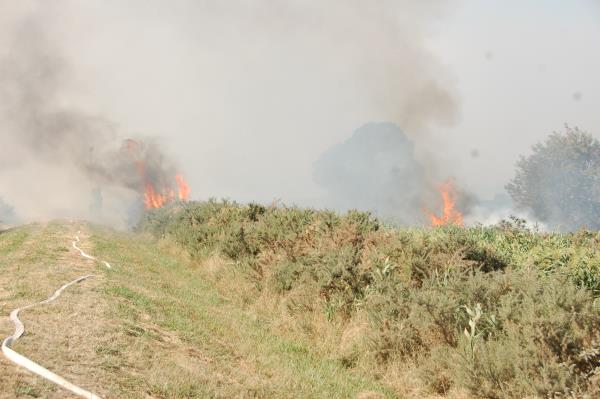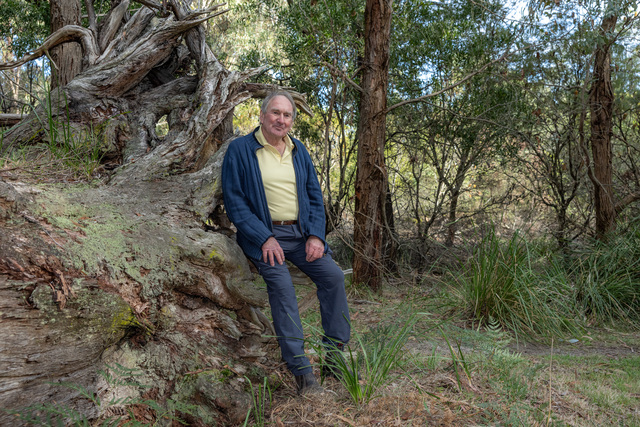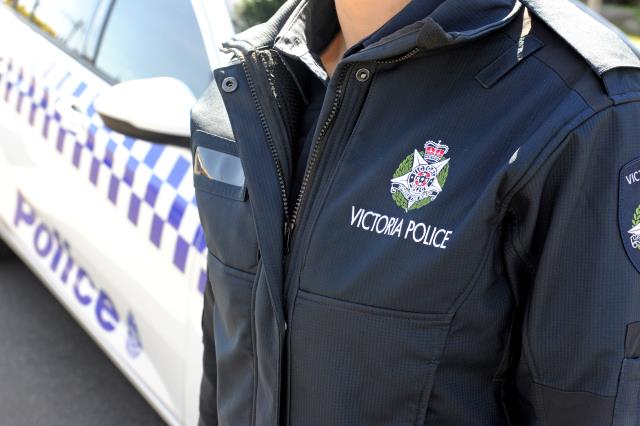New data indicates that grassfires present a significant risk to Victorians this summer, and Fire Rescue Victoria is urging Cranbourne residents to be prepared.
The Bushfire and Natural Hazards Cooperative Research Centre released the Australian Seasonal Bushfire Outlook: December 2020 – February 2021 on Thursday 26 November.
The report states that average to above-average rainfall has resulted in “prolific” grass and vegetation growth in Victoria, providing ample fuel for fires.
It states that although Victorians could expect a wetter-than-average summer, maximum temperatures would be higher than the long-term average, drying out grasslands.
Fire Rescue Victoria’s assistant chief fire officer (ACFO) of southern district two, Greg Christison, said it was crucial people living on the urban fringe, notably residents in Cranbourne recognised their risk and had a fire safety plan in place.
“In the past fortnight, FRV and the CFA have responded to several large grassfires that spread quickly due to the wind,” Mr Christison said.
“This includes a large grassfire in Truganina just yesterday that was close to homes and took more than 50 firefighters to bring under control.”
“This demonstrates just how dangerous grassfires can be, and FRV is urging residents who live near paddocks and grasslands to be prepared for grassfires.”
FRV deputy commissioner fire safety, Michelle Young, said people could take a few simple steps to help protect their homes this fire season.
“Mow your grass so it is below 10cm, remove twigs and bark from your lawn and never leave anything flammable on your fence,” Ms Young said.
“These simple steps could make a big difference in the event of a nearby fire, with embers having less chance of catching alight on your property.”
If a grassfire does break out, residents who live next to grasslands should walk – not drive – at least two streets back.
Residents who live more than two streets away from a grassfire should stay at home, close windows and doors and place towels around windows sills and door gaps, with air conditioners turned off.
Ms Young also said grassfires could be extremely dangerous, moving at speeds of up to 25km per hour.
“It is critical that residents who live near grasslands check the Fire Danger Ratings every day throughout summer and have a fire safety plan in place.”
Between 1 November 2019 and 31 March 2020 there were 450 grassfires across Victoria.
Read the full report here: https://www.bnhcrc.com.au/
Please consider including the following fire safety tips from FRV:
– Keep your roof gutters clear of leaves and debris.
– Mow your lawn so it is below 10cm.
– Move wood piles away from your home.
– Remove dry twigs, leaves, bark and grass from your garden.
– If you live next to grasslands and a grassfire starts walk – don’t drive – two streets back.
– If you live more than two streets away from a grassfire stay where you are and await direction from emergency services. You should close windows and doors and place towels around windows sills and door gaps, and switch off your air conditioning.
– Never drive in the event of a grassfire. Smoke will make it difficult to see the road, making it more likely you will crash your car, and you could block road access for emergency service vehicles.
– Check the Fire Danger Ratings every day through the VicEmergency app.







